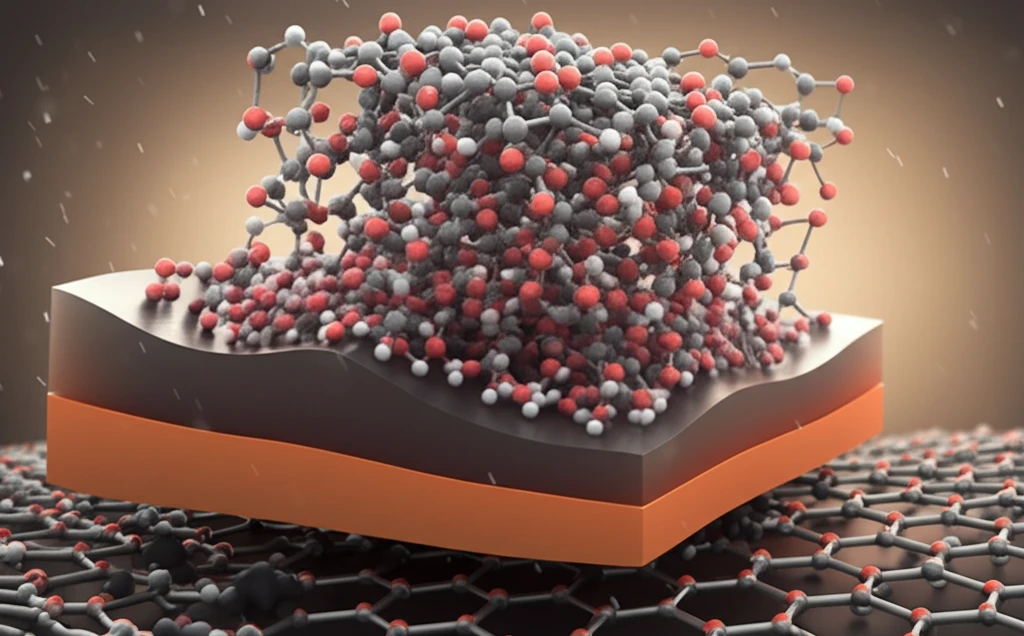
Graphene Nanoplatelets: The Unsung Heroes of Durable and Reliable Composites
"Exploring how graphene nanoplatelets enhance the fatigue and mechanical properties of nanocomposites."
In today's world, the reliability and durability of materials are more critical than ever, especially in high-stress applications such as engine mountings. These components are subjected to constant fluctuating forces, making them prone to fatigue and sudden failure. That’s where the innovative use of graphene nanoplatelets comes into play, offering a promising solution to enhance the mechanical properties and fatigue resistance of composite materials.
Graphene nanoplatelets (GNPs) have garnered considerable attention due to their exceptional physical, mechanical, and thermal properties. Researchers and engineers are increasingly exploring their potential to reinforce various materials, creating composites that can withstand extreme conditions and prolonged stress. This article delves into a study focusing on the incorporation of GNPs into natural rubber/ethylene propylene diene monomer (NR/EPDM) blends, aiming to improve their mechanical and fatigue properties for demanding applications.
The original study meticulously investigates how GNPs can transform ordinary rubber composites into high-performance materials. By understanding the underlying mechanisms and benefits of this reinforcement, we can pave the way for more reliable and durable products in various industries.
The Science Behind Graphene Nanoplatelets

Graphene nanoplatelets are essentially stacks of graphene sheets, each a single layer of carbon atoms arranged in a hexagonal lattice. This unique structure imparts remarkable strength, stiffness, and thermal conductivity to the material. When integrated into a composite, GNPs can significantly enhance its mechanical properties, making it more resistant to deformation and fracture.
- Mixing NR/EPDM with graphene nanoplatelets.
- Testing the tensile properties of the resulting nanocomposite.
- Evaluating its fatigue resistance under cyclic loading.
- Analyzing the material's structure at a microscopic level to understand how GNPs influence its behavior.
Looking Ahead
The integration of graphene nanoplatelets into composite materials represents a significant advancement in material science. The enhanced tensile strength and fatigue resistance observed in NR/EPDM nanocomposites open up new possibilities for creating more durable and reliable products across various industries. From automotive components to aerospace structures, the potential applications are vast and promising. The ongoing research and development in this field are expected to yield even more innovative solutions, paving the way for a future where materials are stronger, lighter, and more sustainable.
